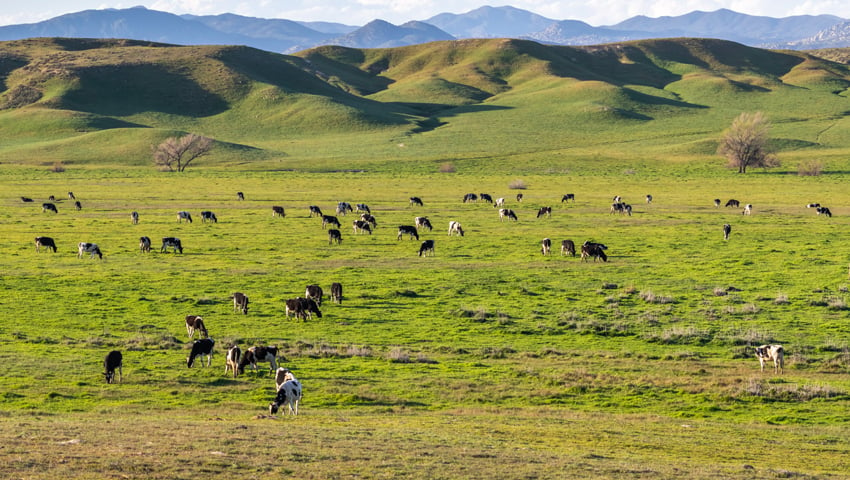Annual analysis from World Wildlife Fund’s Plowprint report reveals 1.9 million acres of grasslands were converted for crops in 2022 alone across the Great Plains.
While this figure’s significance cannot be downplayed, it marks an improvement from the previous 10-year average of 2.6 million acres annually. The report finds that just 55 per cent of grassland in the US and Canadian Great Plains remains intact, putting pressure on wildlife and pollinator habitats and impacting an essential carbon sink.
“With just over half of the Great Plains grasslands remaining, every cut from the plough has significant consequences for wildlife, carbon storage and clean water,” said Martha Kauffman, vice president for WWF’s Northern Great Plains program. “The last 10 years have been a rollercoaster ride of improvements and setbacks. With appreciation for grasslands on the rise, now is the time for increased investment and policies to save what is left.”
Conversion across the Great Plains came from four main crops: wheat (37%), corn (11%), canola (11%) and soy (9%). An additional 220,000 acres of cropland were lost for development in 2022, an increase from the 10-year average of 175,000 acres annually.
In the Northern Great Plains, which represents one of the world’s last remaining intact temperate grasslands, 70 per cent of the grass remains intact. Yet still, 480,000 acres, an area twice the size of New York City, was converted to cropland during 2022.
Clay Bolt, manager of pollinator conservation for WWF, said, “Losing grasslands of course has vital climate and land use change implications, but some impacts may be less visible to the naked eye. Pollinators, including many native bees that once thrived in the US and Canada, play a vital role preserving natural ecosystems. But the effect of grasslands loss is compounded due to an increase in neonics – a type of insecticide that is commonly found in croplands. As a result, bees, birds, and many other species are vanishing at alarming rates.”
Balancing the protection of grasslands habitats and species that rely on them, while supporting the livelihoods of producers across the Great Plains, requires strong policies. Protecting and building upon the historic investments in US Farm Bill conservation programs including, the expansion and strengthening of Sodsaver, and bolstering the Grasslands Conservation Reserve Program, will help keep grasslands standing while also supporting sustainable grazing practices.
Additional investment is needed for policies and programs that improve the sustainable management of productive farmland and protect it from development. To ensure long-term success, these efforts must also increase equity and access to conservation programs and funding for Native nations.
Commenting on the report, ffinlo Costain, founder of the Food & Global Security Network, said, “Grasslands are profoundly important but they are facing a range of pressures as this report makes clear. However, it is critical that environmental groups, such as WWF, recognise that their own rhetoric plays a role in public and political perceptions of grassland management. Cattle raised in viable regenerative beef and dairy systems are fundamental to the maintenance of grassland – these systems deliver for climate adaptation, carbon drawdown and storage, and biodiversity restoration.
“The loss of grasslands to cereal crops, many of which will be used to rear cattle in industrialised, fossil-fuel dependent farm systems, is a modern form of madness. Those same cattle could be reared on grass, concurrently delivering multiple ecological benefits. Broad-brush anti-cow rhetoric from environmental groups, which fails to recognise and promote the power of regeneratively grazing ruminants, has been highly damaging – more environmentalists need to join the dots and reflect that in many places grassland preservation depends on ruminant agriculture.”
